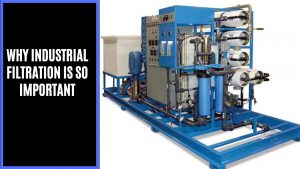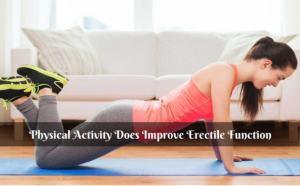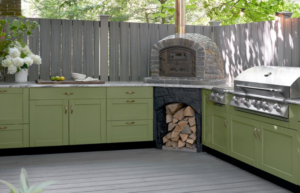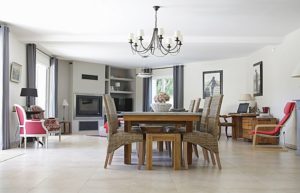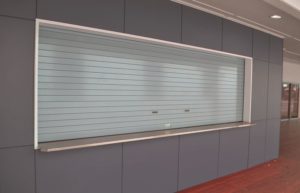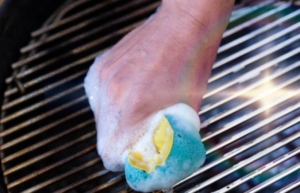What is a media wall
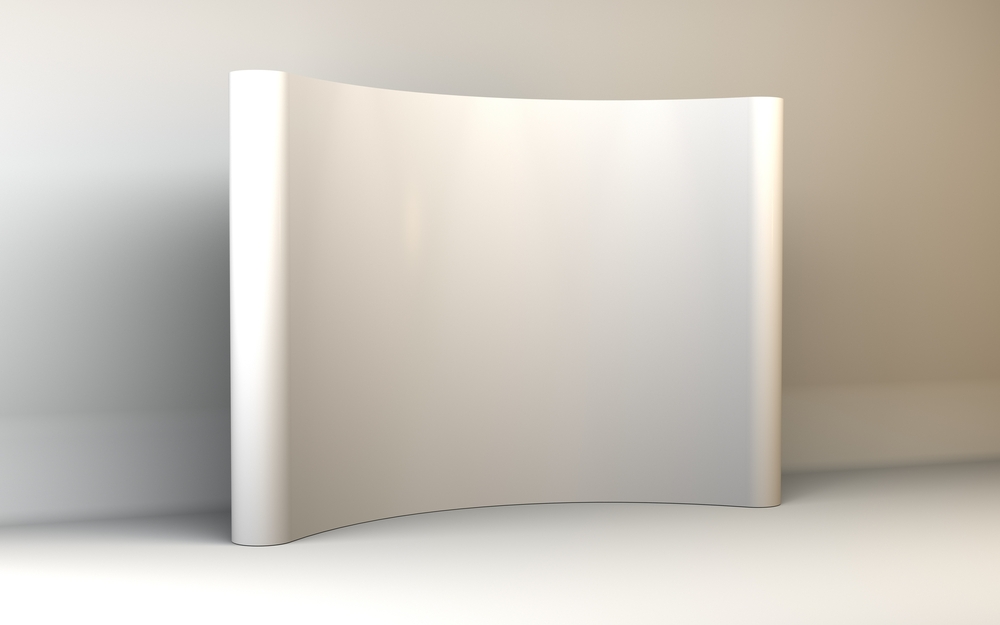
Think back on any corporate event or press conference you’ve attended. It may even be something you saw on TV. At some point, guests stand near the entrance, pose for pictures, and answer a few questions about their wardrobe. Or maybe they stand on the dais and make a speech. What do these scenarios have in common? The backdrop. The large canvas behind them that frames their ‘performance’. It could be a massive movie poster, a screen filled with logos, or some kind of pictorial. That’s the media wall, and it can be 1m to 6 metres in size.
Media walls form the foundation of any advertorial set-up. In establishes the mood and identifies the main sponsors of the event. Ideally, you don’t want your media wall to be too busy, because it could detract attention from your celebrity line up. It should be subtle but effective, staying in the background but establishing ambience. If it must have writing on it, position the text carefully so it’s not constantly blocked by anyone standing in front of the wall. The wall should also be easy to set-up, because it’s the first banner to go up and the last one to come down. It’s the most dominant part of the exhibition, so you need it throughout.
Exhibition essentials
If you’re running an event and you’re restricted to just one banner, make it a media wall. At its simplest, it’s a large roll of vinyl or canvas than can be unfurled from the ceiling to the ground. However, media walls in Sydney can be a little more complex. One common style is to drape the fabric around a lightweight aluminium frame, zipping it up to hold it in place. Other options involve multiple units of 6m fabric that can be coiled into shelters and interlocked for additional sizing requirements. Another option is to combine your media wall with other elements to create a comprehensive expo booth display.
Media walls can be draped from wall hooks, attached to foldable support frames, zipped, strung up with rope, or hemmed in with silicone strips and latches. You can mix and match them to create all kinds of pop-up stands, from portable reception areas to a fully-fledged catwalk. You can even mimic a vehicle showroom. It’s all about your sense of creativity, and the range of banners stocked by your supplier. Media walls are usually full-colour prints that can resist sunlight, rain, wind, and glare. Well-made options don’t chip or scratch, and the fabric can be interchanged or replaced, retaining your frames.
Complete portability
The fabric portion of the media wall can usually roll up for easy storage in tight spaces. Look for one that has its own carry-case, keeping it safe from dust, pests, or physical damage. Obviously, you don’t want it ripping in transit, and they can get pretty heavy, so find a case with wheels. Sometimes, the frames of the media wall are smaller, foldable poles and detachable bits that can be dismantled and put in the carry-case. The main issue isn’t movement though. Your banners stay in dark, forgotten storerooms for prolonged periods between events. This means they can be attacked by rats, get mouldy and damp, or fade.
By investing in a good protective case, your media wall will be safe during those weeks or months when it’s abandoned in storage. The last thing you want is to peep into the store three days before an event and discover your gorgeous banner in tatters. For complex media walls that are curled around a frame, you may need screws, latches, and fasteners. These small pieces can easily get lost, and if a single one is missing, your banner will be lopsided. Worse, it might topple over and hurt someone. Replacing these parts can be expensive. A carry-case lets you keep everything you need in a single spot, ready for your next use.
Styling options
Almost every banner company can give you a basic drape comprising 6m of fabric. When you really want to make a statement though, you should look for something more versatile. Options include curved media walls that can be coiled to form a circular booth. You can buy slim-line media walls complete with their own shelving. These are great for displaying brochures, magazines, flyers, and coupons.
Another option is the floating display suspended off the ceiling. This only works at venues with vaulted ceilings, or open-air festivals, where the hanging media unit will be floated off the ground and supported with heavy anchors. You could also try a media wall arch than can be decorated with flowers, balloons, tinsel, coloured light displays, or theme-related accessories. They can be inverted, curved, or square, and they make a great backdrop for guest photography, providing weeks’ worth of social media content.
